It was a big announcement for EV supporters in Queensland recently when the QLD government announced its zero emissions vehicle strategy. The headline grabbing news was the $3,000 rebate available to buyers of electric vehicles (not clear if it available to fleets or businesses). It only applies to vehicles under $58,000 and is in addition the rollout of the QLD Electric Super Highway and the existing subsidies on annual registrations and purchase stamp duty.
To support the transition to zero emission vehicles, QFleet will replace all eligible government fleet vehicles with electric vehicles as current leases expire and when a suitable alternative is available and appropriate for business needs.
As at 25 January 2022, 146 EVs were active in QFleet—102 battery electric vehicles, 39 plug-in hybrid electric vehicles, and 5 fuel cell electric vehicles. With another 39 EVs on order, QFleet has a total of 185 EVs active and on order, well exceeding the 2021 target of 144.
The QLD government expects to have at least 288 electric vehicles in the Queensland Government fleet by the end of 2022 (estimated fleet size of QFleet is 10,000 vehicles).
Premier Annastacia Palaszczuk said the investment would make electric vehicles more affordable for Queenslanders.
“We are going to make the cost of buying electric cars just that little bit cheaper,” the Premier said. “My government will provide a $3,000 subsidy for anyone buying an electric vehicle to the value of $58,000.”
Transport and Main Roads Minister Mark Bailey said this is an important step towards making Queensland a global leader in the world’s low-emissions future, and becoming a renewable energy superpower.
“We were the first Australian state to develop an EV strategy, and now we are once again leading the way with Queensland’s Zero Emission Vehicle Strategy 2022-2032,” he said. “This will see Queenslanders get money back for switching to electric vehicles, and the Palaszczuk Government build more charging infrastructure across the Sunshine State.
“We revolutionised electric vehicle travel through the Queensland Electric Super Highway, which is currently being expanded to almost 3800km, and now Queenslanders will have even more charging stations to use. Not only does this encourage people to buy electric vehicles, it gives the automotive industry confidence to set up shop in Queensland. This strategy signals a fundamental shift in our transport system.”
Mr Bailey said Queensland is already reaping the benefits from the Palaszczuk Government’s commitment that by 2025 every new urban bus added to the SEQ fleet will be zero-emissions.
“We’ve seen local manufacturers like Bustech at Burleigh, and Volgren in Eagle Farm thrive since we made that commitment, because it gave them certainty,” he said. “Brisbane based Tritium was supported by Queensland’s first EV strategy and is now excelling into the US electric vehicle market – demonstrating the power behind the EV sector. It’s creating highly-skilled local manufacturing jobs.
“Queensland is one of the sunniest and windiest places on earth and can become a renewable energy superpower, creating a sustainable jobs boom.”
Energy, Renewables and Hydrogen Minister Mick de Brenni said the Zero Emission Vehicle Strategy would support more Queenslanders to make a contribution to transport emissions reduction.
“As a government we will be leaders too, taking direct action by supercharging our government fleet – QFleet, to become electric, going EV-first for all new vehicles where there is a suitable EV option,” Mr de Brenni said.
“Transforming the QFleet will save Queenslanders millions in fuel costs but most significantly, when they have done their service with frontline workers – our nurses, community carers and educators – these high quality, fully serviced, usually low kilometre used vehicles will be available for Queenslanders at highly affordable prices.
“That will deliver a clear signal and pipeline to car manufacturers, battery and minerals manufacturers and charging infrastructure manufacturers that Queensland is the place to grow their business and continue to build on our States’s successful jobs and economic results.”
Mr de Brenni said putting more EVs on the road was just one part of the strategy to achieve Queensland’s emissions reductions targets.
“We are working now on building rules that would transform the family EV in to the family battery – plugging into solar at work, or in major carparks, charging up when the sun is shining – and then, with bi-directional charging capacity, putting electricity back into the home when the sun has set or the wind isn’t blowing,” he said.
“The strategy outlines that we have already commenced complementary reforms to tariffs, building rules and planning approaches and the electricity grid augmentation an EV transformation will require; all of which will be further outlined in the forthcoming Queensland Energy Plan.”
Environment Minister Meaghan Scanlon said encouraging the take-up of electric vehicles together with the Palaszczuk Government’s commitment for zero emissions buses would help to drive down transport emissions in the state and support new jobs in new industries.
“This is a government that backs action on climate change,” Minister Scanlon said. “Transport is the second biggest emitter in Queensland but is rapidly evolving to embrace zero emissions technology. This announcement is a key part of our Queensland Climate Action Plan to drive down emissions and create more jobs in the state.
“In just a few short years we’ve seen the demand for EVs come up, the cost of EV technology come down, more EV businesses in Queensland and more EV infrastructure come online. And this is another step to help Queenslanders who want to get into the seat of an electric vehicle.
“Queensland is seizing the opportunities to act on climate change, create jobs and set Queensland in a nation-leading position for the future.”




